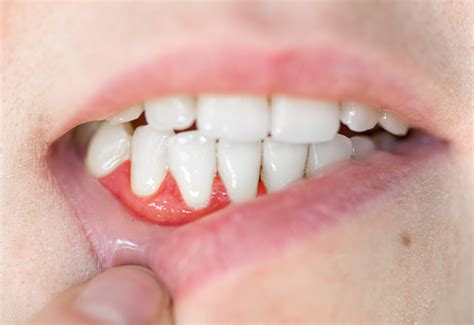
Dog Gum Disease: Gingivitis Symptoms & Prevention Tips
Dog Gum Disease: Gingivitis Symptoms & Prevention Tips
Gingivitis, also known as gum disease, is a very common dental problem in dogs. It’s an inflammation of the gums caused by a buildup of plaque and tartar. If left untreated, gingivitis can progress to more severe periodontal disease, leading to tooth loss, bone damage, and even systemic health issues.
Gingivitis Symptoms in Dogs
Recognizing the symptoms of gingivitis early is crucial for effective treatment. Look out for these signs:
- Bad breath (halitosis): This is often the first and most noticeable sign. Healthy dogs shouldn’t have persistent bad breath.
- Red and swollen gums: Healthy gums are pink and firm. Inflamed gums will appear red and puffy.
- Bleeding gums: You might notice blood when your dog chews on toys, eats, or when you touch their gums.
- Excessive drooling: Inflammation can stimulate saliva production.
- Change in eating habits: Your dog may eat slower, drop food, or show a decreased appetite due to pain.
- Pawing at the mouth: They might try to relieve discomfort by pawing at their face or mouth.
- Loose teeth: This is a sign of advanced gum disease, but can sometimes be observed alongside gingivitis if inflammation is severe.
Preventing Gingivitis in Dogs
Prevention is always better than cure. Here’s how you can keep your dog’s gums healthy:
- Regular Tooth Brushing: This is the gold standard for preventing plaque and tartar buildup. Ideally, brush your dog’s teeth daily using a dog-specific toothpaste (human toothpaste is toxic to dogs). Introduce brushing gradually and make it a positive experience.
- Dental Chews and Toys: Certain dental chews and toys are designed to help scrape away plaque and tartar as your dog chews. Choose products approved by the Veterinary Oral Health Council (VOHC).
- Dental Diets: Some dog food formulations are designed to help reduce plaque and tartar accumulation. These diets often have a special kibble shape and texture.
- Professional Dental Cleanings: Your veterinarian can perform professional dental cleanings under anesthesia to remove plaque and tartar buildup that brushing alone can’t reach. The frequency of these cleanings depends on your dog’s individual needs and breed predispositions.
- Water Additives: Some water additives claim to help reduce plaque and tartar. While they may provide some benefit, they are not a substitute for brushing or professional dental cleanings. Look for VOHC-approved water additives.
- Regular Veterinary Checkups: Your veterinarian can examine your dog’s teeth and gums during routine checkups and identify early signs of gingivitis.
By implementing these preventative measures, you can significantly reduce your dog’s risk of developing gingivitis and maintain their oral health for a happy and healthy life.
 799×432 gum disease treat gingivitis home dental choices from dentalchoices.org
799×432 gum disease treat gingivitis home dental choices from dentalchoices.org
 720×618 gum disease gingivitis dogs news dentagama from dentagama.com
720×618 gum disease gingivitis dogs news dentagama from dentagama.com
 739×214 gingivitis prevention treatment from www.periodontaldiseasetreatment.org
739×214 gingivitis prevention treatment from www.periodontaldiseasetreatment.org
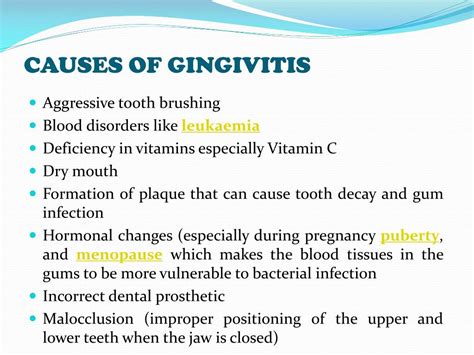 2560×1920 gingivitis mild gum disease powerpoint id from www.slideserve.com
2560×1920 gingivitis mild gum disease powerpoint id from www.slideserve.com
 800×878 gingivitis symptoms periodontal gum treatment franklin square ny from fity.club
800×878 gingivitis symptoms periodontal gum treatment franklin square ny from fity.club
 940×548 gingivitis treatment treat gingivitis home crest from crest.com
940×548 gingivitis treatment treat gingivitis home crest from crest.com
 1600×1690 human gum disease gums bleeding tooth prevention dental oral care vector infographics stock from www.dreamstime.com
1600×1690 human gum disease gums bleeding tooth prevention dental oral care vector infographics stock from www.dreamstime.com
 1328×616 gum disease symptoms treatment from www.svetlanadental.com
1328×616 gum disease symptoms treatment from www.svetlanadental.com
 1024×575 gingivitis gums symptoms treatment prevention perfect health from allperfecthealth.com
1024×575 gingivitis gums symptoms treatment prevention perfect health from allperfecthealth.com
 722×406 gum disease everyday health from www.everydayhealth.com
722×406 gum disease everyday health from www.everydayhealth.com
 800×851 gingivitis symptoms treatment options hot sex picture from www.hotzxgirl.com
800×851 gingivitis symptoms treatment options hot sex picture from www.hotzxgirl.com
 900×563 gum disease explained signs symptoms treatments from dentistkansascityks.com
900×563 gum disease explained signs symptoms treatments from dentistkansascityks.com
 7132×4725 gum disease signs symptoms treatment options from www.yourdentistryguide.com
7132×4725 gum disease signs symptoms treatment options from www.yourdentistryguide.com
 800×534 dog gingivitis from animalia-life.club
800×534 dog gingivitis from animalia-life.club
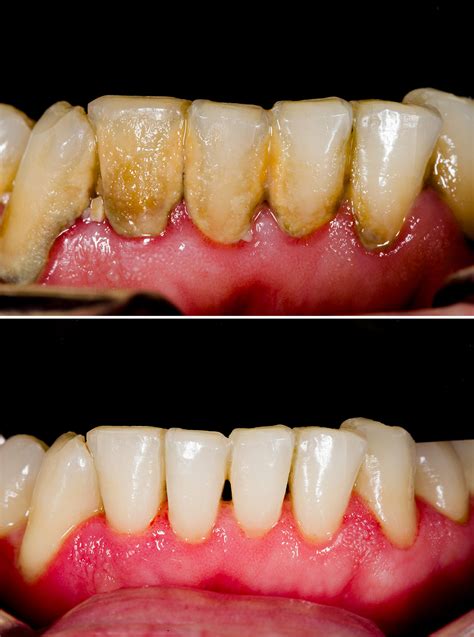 1099×1478 periodontal disease gum disease tuxedo dental group from www.tuxedodental.ca
1099×1478 periodontal disease gum disease tuxedo dental group from www.tuxedodental.ca
 718×1300 bleeding gums philadelphia pa gum disease gingivitis from www.opusesthetics.com
718×1300 bleeding gums philadelphia pa gum disease gingivitis from www.opusesthetics.com
 587×860 dog gum disease from animalia-life.club
587×860 dog gum disease from animalia-life.club
 1024×382 gum disease dogs symptoms prevention oravet from oravet.com.au
1024×382 gum disease dogs symptoms prevention oravet from oravet.com.au
 800×1133 gingivitis symptoms rid gum disease dr axe from draxe.com
800×1133 gingivitis symptoms rid gum disease dr axe from draxe.com
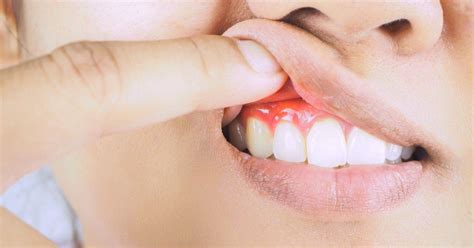 1200×628 gum disease stages symptoms gum disease from www.smilesaversdentistry.com
1200×628 gum disease stages symptoms gum disease from www.smilesaversdentistry.com
 960×540 gum disease symptoms stages treatment cost from myimplantdentist.com.au
960×540 gum disease symptoms stages treatment cost from myimplantdentist.com.au
 1204×802 gingivitis periodontitis common form gum disease abc family dental from keller.bubblelife.com
1204×802 gingivitis periodontitis common form gum disease abc family dental from keller.bubblelife.com
 999×686 important facts gingivitis mills river family dental from www.millsriverdental.com
999×686 important facts gingivitis mills river family dental from www.millsriverdental.com
 1440×1440 comprehensive guide gingivitis from www.aspendental.com
1440×1440 comprehensive guide gingivitis from www.aspendental.com
 712×400 signs gum disease dogs river landings animal clinic bradenton florida from www.riverlandingsanimalclinic.com
712×400 signs gum disease dogs river landings animal clinic bradenton florida from www.riverlandingsanimalclinic.com
 5000×5000 gum disease dr bruno silva explains dental implants from blog.brightonimplantclinic.co.uk
5000×5000 gum disease dr bruno silva explains dental implants from blog.brightonimplantclinic.co.uk
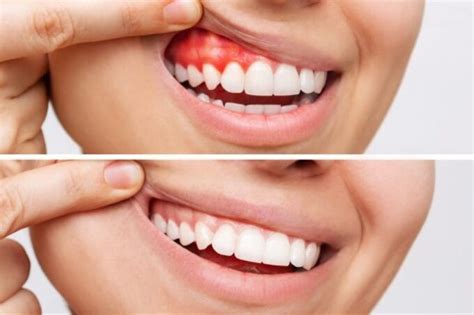 680×453 gingivitis periodontitis doctor smiles orthodontics from doctorsmiles.com
680×453 gingivitis periodontitis doctor smiles orthodontics from doctorsmiles.com
 2560×1707 dogs gum disease untreated from animalia-life.club
2560×1707 dogs gum disease untreated from animalia-life.club
 1912×1441 dog gingivitis from animalia-life.club
1912×1441 dog gingivitis from animalia-life.club
 4082×2934 gingivitis dogs treat inflamed gums dogs from petcube.com
4082×2934 gingivitis dogs treat inflamed gums dogs from petcube.com
 506×690 rid gingivitis treatment bleeding gum disease from www.blogarama.com
506×690 rid gingivitis treatment bleeding gum disease from www.blogarama.com
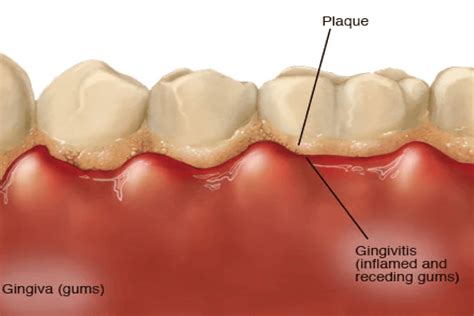 1080×720 symptoms treatment prevention gingivitis dental depot from dentaldepotdfw.com
1080×720 symptoms treatment prevention gingivitis dental depot from dentaldepotdfw.com
 600×600 natural home remedies gum disease top home remedies from www.top10homeremedies.com
600×600 natural home remedies gum disease top home remedies from www.top10homeremedies.com
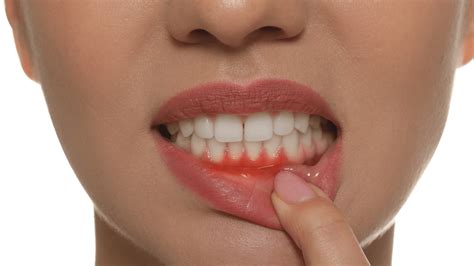 1600×900 guide early signs gum disease treatment from daytonabeachdentalimplants.com
1600×900 guide early signs gum disease treatment from daytonabeachdentalimplants.com
Leave a Reply